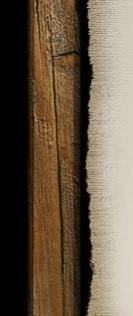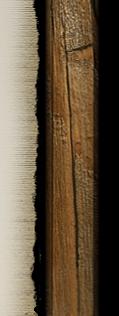The Leopard, due to its adaptability, is the most widely distributed of the big cats, found in most of East and North Africa, Southern Asia and China.
With its yellow/tan coat covered in brown/black spots the Leopard has the perfect camouflage as it sits in the Acacia trees by day, or resting in dense vegetation areas, scrub and thickets.
As they are mainly nocturnal their hunting takes place at night. They prey on small mammals such as the genet, jackal, bush pig, birds but are also capable of hunting much bigger prey such as gazelle, impala and various others. They will usually hide their kill, sometimes dragging it up a tree to keep it safe from other predators.
They have immense strength, excellent vision and good sense of smell and hearing.
Out of all the big cats the leopard is the most at home in trees.




